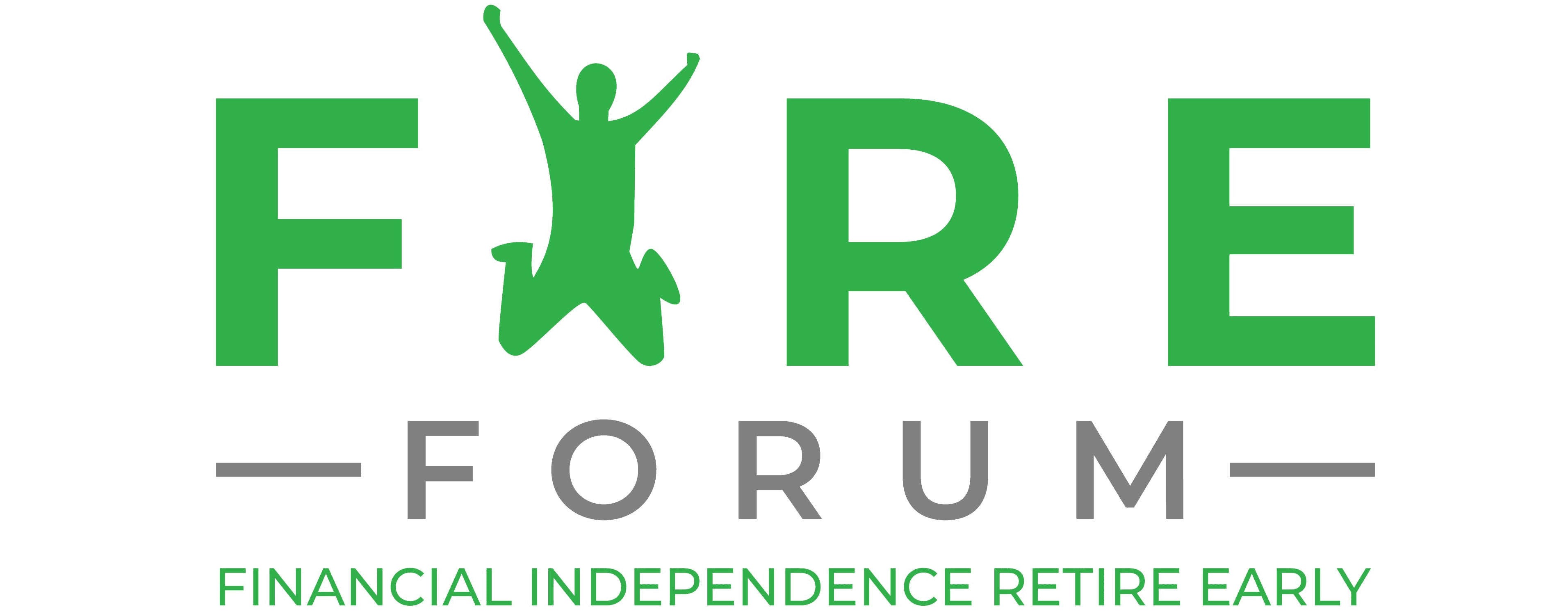The Financial Independence, Retire Early (FIRE) movement emerged from a growing dissatisfaction with traditional work-life models and a desire for greater control over one’s financial and personal freedom. Its roots can be traced back to several sources that converged in the late 20th and early 21st centuries.
Key Influences and Early Beginnings
- “Your Money or Your Life” (1992): One of the foundational texts for the FIRE movement is the book “Your Money or Your Life” by Joe Dominguez and Vicki Robin. This book advocated for a radical rethink of personal finance, emphasizing the importance of aligning one’s spending with personal values and calculating the true cost of money in terms of life energy spent.
- Mr. Money Mustache (2011): Another significant influence is the blog Mr. Money Mustache, started by Peter Adeney. Adeney, who retired at 30, chronicled his journey and provided practical advice on extreme frugality, efficient living, and investing. His engaging writing style and practical tips attracted a large following, helping to popularize the FIRE concept.
- Early Retirement Extreme (2007): Jacob Lund Fisker’s book and blog, “Early Retirement Extreme,” offered a more rigorous and almost philosophical approach to financial independence. Fisker, a former astrophysicist, promoted a minimalist lifestyle and strategic thinking about money and resources.
Core Principles and Evolution
The FIRE movement revolves around achieving financial independence through a combination of high savings rates, frugal living, and smart investing. The goal is to accumulate enough wealth to live off the investment returns, allowing individuals to retire much earlier than the traditional retirement age.
Over the years, the movement has diversified into several subgroups, including:
- Lean FIRE: Emphasizes extreme frugality to achieve financial independence with minimal expenses.
- Fat FIRE: Focuses on maintaining a more comfortable lifestyle while still achieving early retirement.
- Barista FIRE: Involves semi-retirement, where individuals achieve partial financial independence and work part-time to cover additional expenses.
Key Figures in the FIRE Movement
Several individuals have been instrumental in popularizing and shaping the FIRE movement:
- Joe Dominguez and Vicki Robin: Authors of “Your Money or Your Life,” they laid the groundwork for the movement with their emphasis on value-based spending and financial independence.
- Peter Adeney (Mr. Money Mustache): Through his blog, he has inspired thousands to rethink their financial strategies and embrace frugality and efficiency.
- Jacob Lund Fisker: His “Early Retirement Extreme” blog and book provided a more analytical and minimalist approach to financial independence.
- J.D. Roth: Founder of the personal finance blog “Get Rich Slowly,” Roth has been a significant voice in the broader personal finance community, advocating for many principles aligned with FIRE.
- Paula Pant: Creator of the blog “Afford Anything,” Pant emphasizes the idea that one can afford anything but not everything, encouraging thoughtful financial choices.
Companies Leveraging the FIRE Movement
As the FIRE movement gained momentum, several companies and services began to cater to this growing community. Some examples include:
- Vanguard and Fidelity: Investment firms like Vanguard and Fidelity offer low-cost index funds, which are popular among FIRE adherents for their efficiency and potential for long-term growth.
- Personal Capital: A financial software company that provides tools for tracking investments, net worth, and spending, helping individuals manage their path to financial independence.
- Betterment and Wealthfront: Robo-advisors that offer automated, low-cost investment management, appealing to those in the FIRE community looking for hassle-free investment solutions.
Five Key Takeaways from the FIRE Movement
- High Savings Rate: One of the core tenets of the FIRE movement is saving a significant portion of one’s income, often 50% or more. This accelerated savings rate allows individuals to accumulate wealth rapidly.
- Frugality: Adopting a frugal lifestyle is crucial. This means cutting unnecessary expenses, living below one’s means, and finding joy in simpler, less costly activities.
- Investing Wisely: Investing in low-cost index funds is a common strategy within the FIRE community. This approach minimizes fees and maximizes returns over the long term.
- Value-Based Spending: The movement emphasizes spending money in alignment with personal values and priorities. This means consciously directing funds toward what truly matters and brings joy, rather than mindless consumption.
- Financial Literacy and Education: A strong emphasis is placed on educating oneself about personal finance, investing, and efficient living. This knowledge empowers individuals to make informed decisions and take control of their financial future.
Conclusion
The FIRE movement represents a paradigm shift in how people think about work, savings, and retirement. By challenging traditional notions of career and financial planning, it offers a path to greater autonomy and life satisfaction. The principles of high savings, frugality, wise investing, value-based spending, and continuous financial education provide a robust framework for achieving financial independence and early retirement.
